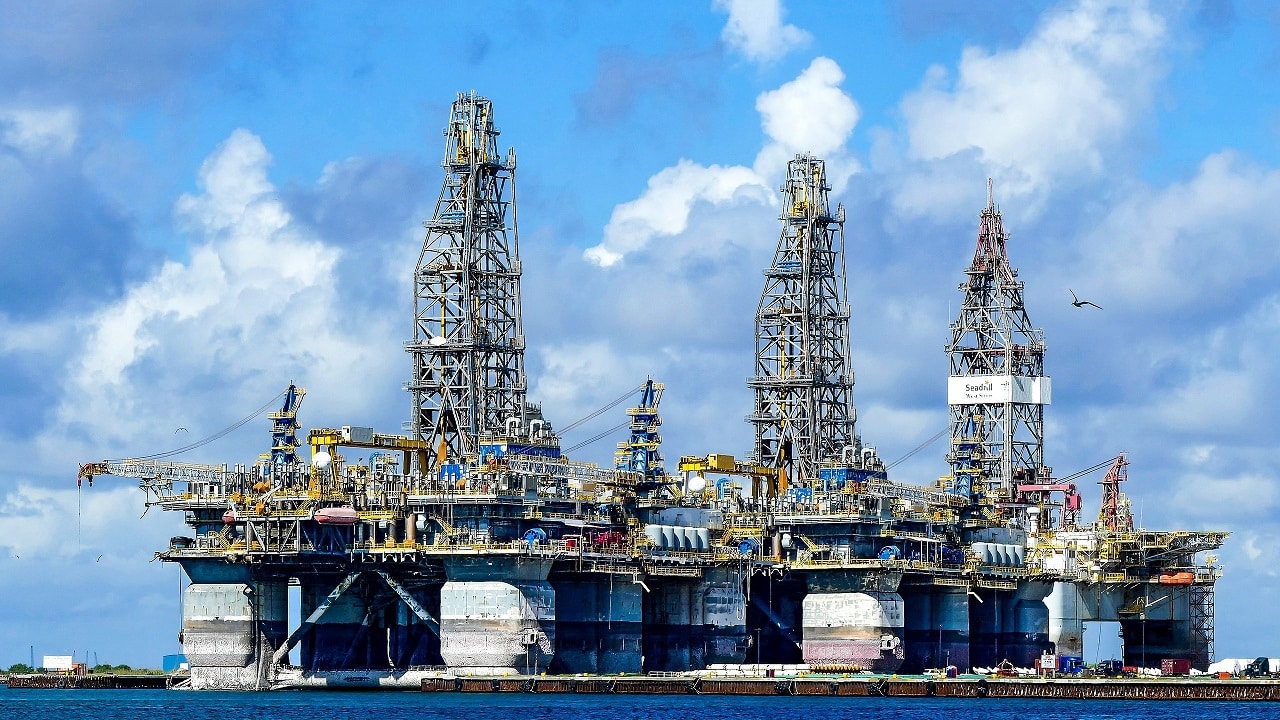How fast can America pump more oil to bring down gas prices? President Joe Biden said during a speech at Germanna Community College in Virginia on Thursday that he will “work like the devil to bring gas prices down.” His comments come as the cost of oil surpasses $95 per barrel.
This week, President Biden dispatched two federal government officials to Saudi Arabia to discuss increasing oil production and getting the continuing price spike back under control.
Following a year of anti-oil and anti-fossil-fuel policies, however, President Joe Biden has a remarkable task on his hands getting the cost of energy under control for American citizens.
So far, Biden’s solution to the problem has not been to reverse domestic oil production policy but to pressure OPEC to increase supply in 2021 (which they rejected), pressure Saudi Arabia to increase production in 2022 (which has so far not been successful), and to release 50 million barrels of from the Strategic Petroleum Reserve.
Can the U.S. Increase Oil Production This Year?
Domestic oil production peaked in December 2019, during the Donald Trump administration, pumping 12.9 million barrels of oil per day. That number has gradually declined since, averaging out at around 11 million barrels per day through 2021.
Despite Joe Biden’s very clear war on oil, which included the pausing of new permits for oil drilling on United States federal lands, oil production is still higher than it was in the late 2010s and even in 2015.
Regardless, though, the cost of oil is skyrocketing and the Russia-Ukraine crisis is making prices even more volatile. It begs the question; can the United States increase oil production this year to reduce costs until global supply stabilizes?
Yes – and it looks as though it’s probably going to happen.
In November, major oil companies including Exxon Mobil Corp, Chevron Corp, and British Petroleum announced plans to increase output in 2022, undercutting OPEC’s supply management that resulted in oil prices surpassing $80 per barrel last year.
Josh Young, the chief investment officer for energy investor Bison Interests, told Reuters that as prices continue to rise, it’s “increasingly likely that oil production growth resumes.”
Young also predicted, however, that any gains will remain below the rate seen pre-COVID. That means production can rise but may not go beyond the 13 million barrels per day seen before the pandemic hit.
Shale Oil Output Should Be Growing
In January, U.S. shale oil production was poised for substantial growth in response to rising prices and restricted supply from OPEC countries. Reports suggested that oil output would rise by 105,000 barrels per day from the seven U.S. shale formations.
Shale firms in the United States planned to increase capital spending, but the boom so far hasn’t happened. Despite oil prices on the verge of breaking $100, shale companies have been reluctant to boost production to keep shareholders happy.
According to industry executives, despite an increase in output and rig counts, the shale oil industry is “determined to stick to its financial discipline” and continue returning cash to shareholders instead of increasing production.
Devon Energy chief executive Rick Muncrief told the Financial Times that shareholders remain skeptical about production increases.
“In the back of everyone’s minds is, ‘When is it going to be growth? . . . We have investors saying ‘My gosh, if not now, when?’” he said. “But for everyone saying that, there’s at least one other if not two others waiting to say, ‘Gotcha! We knew that discipline would be short-lived.’ We have learned our lesson.”
If Joe Biden wants to see an increase in oil production, he may have more success speaking to shale oil industry insiders than Saudi Arabia and OPEC.
Crude Production Will Increase Next Year
Regardless, crude oil production is still expected to rise this year and next, despite Biden’s insistence on ending fossil fuel.
Crude oil production is also expected to rise in 2022 and 2023, however, despite Biden’s insistence on ending fossil fuel.
According to the U.S. Energy Information Administration, crude oil prices will likely remain high enough to drive an increase in domestic crude oil productions in 2023, potentially reaching record-high levels next year.
“We expect new production in the Permian Basin to drive overall U.S.S crude production growth, the EIA confirmed in a February, 16 update.
“We forecast that crude oil production in the United States will rise by 630,000 b/d in 2023 to average 12.6 million b/d. We expect more than 80% of that crude oil production growth to come from the Lower 48 states (L48), which does not include production from Alaska and the Federal Offshore Gulf of Mexico,” the agency’s latest report continued.
As the Ukraine-Russia standoff drives prices up, increased production domestically may offset some of that cost. However, it is unlikely to drive prices down significantly and Americans may need to wait as long as a year to see the effects.
Jack Buckby is a British author, counter-extremism researcher, and journalist based in New York. Reporting on the U.K., Europe, and the U.S., he works to analyze and understand left-wing and right-wing radicalization, and report on Western governments’ approaches to the pressing issues of today. His books and research papers explore these themes and propose pragmatic solutions to our increasingly polarized society.

